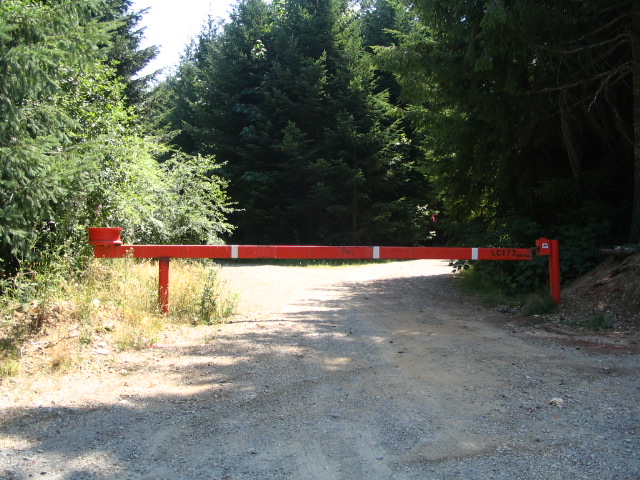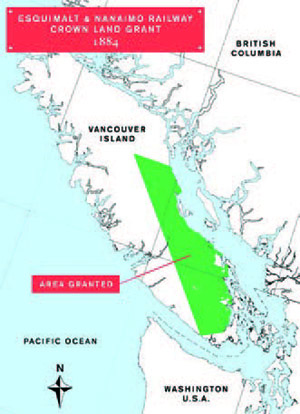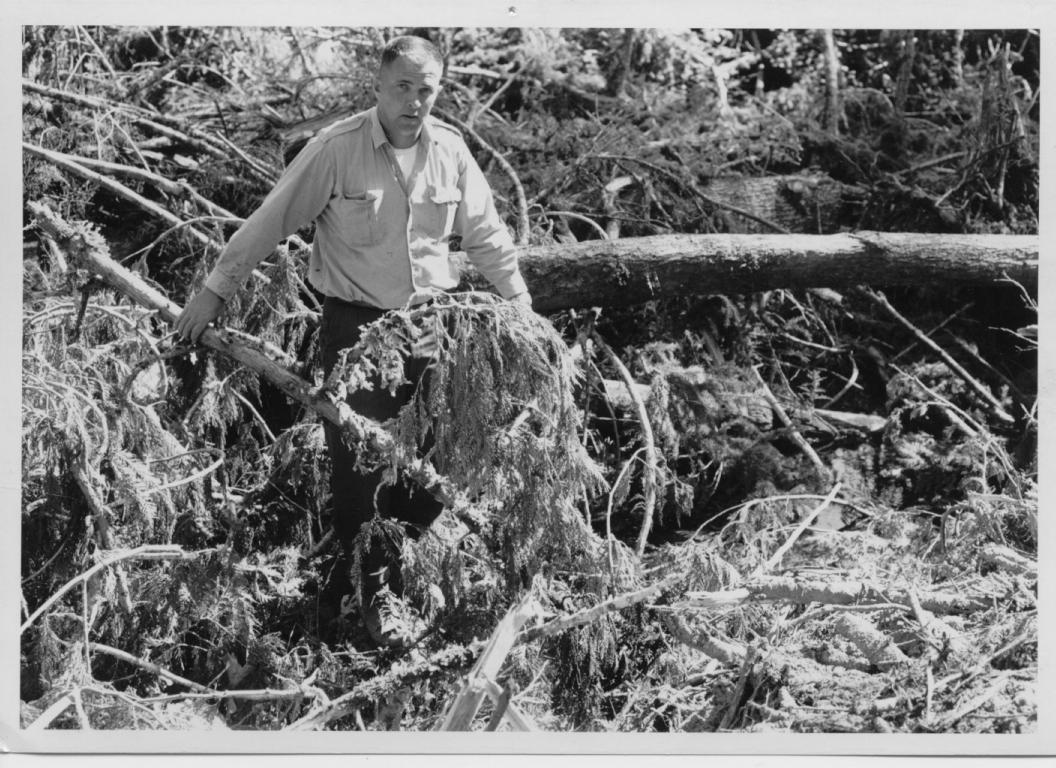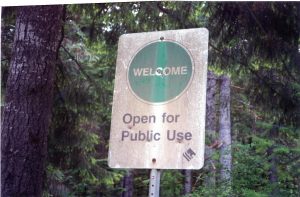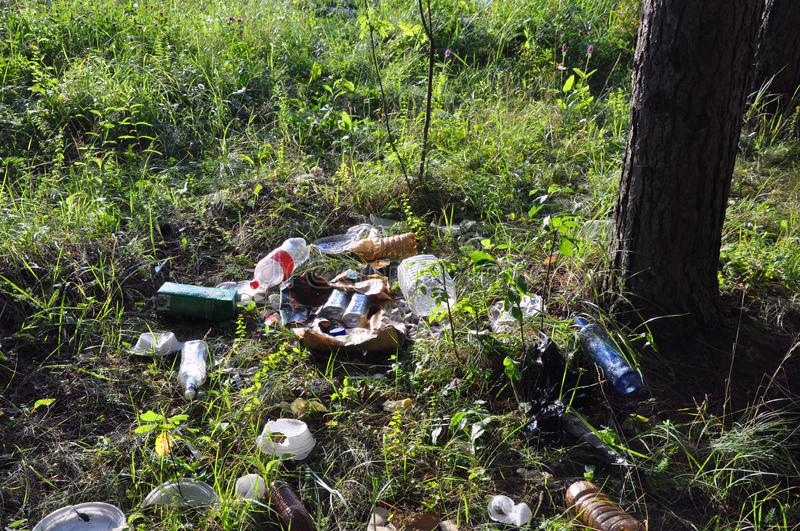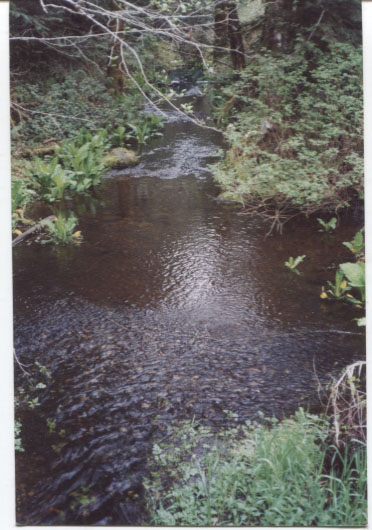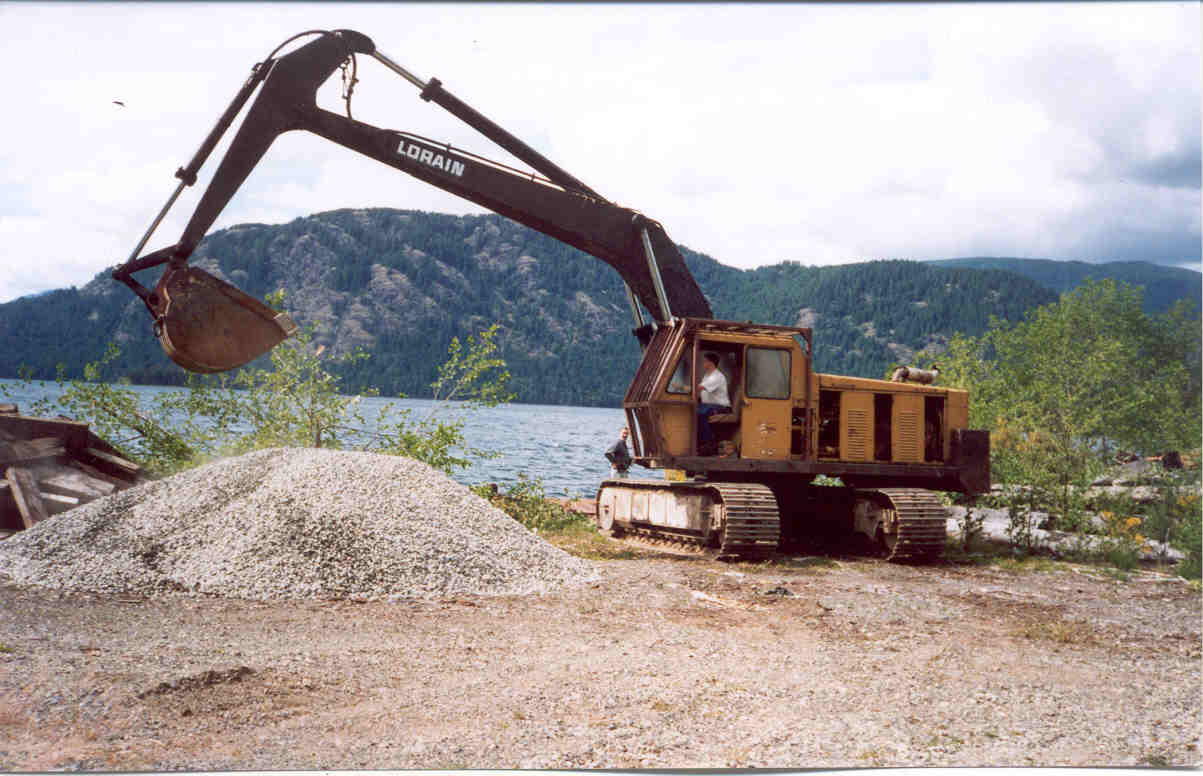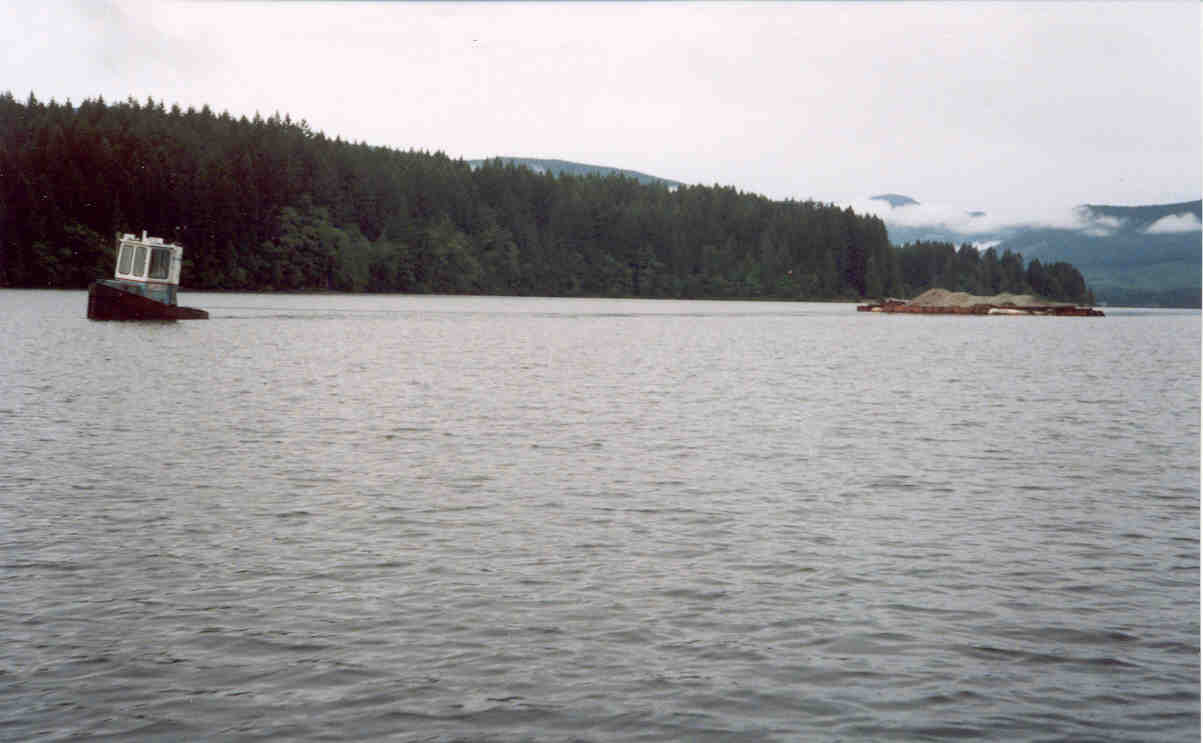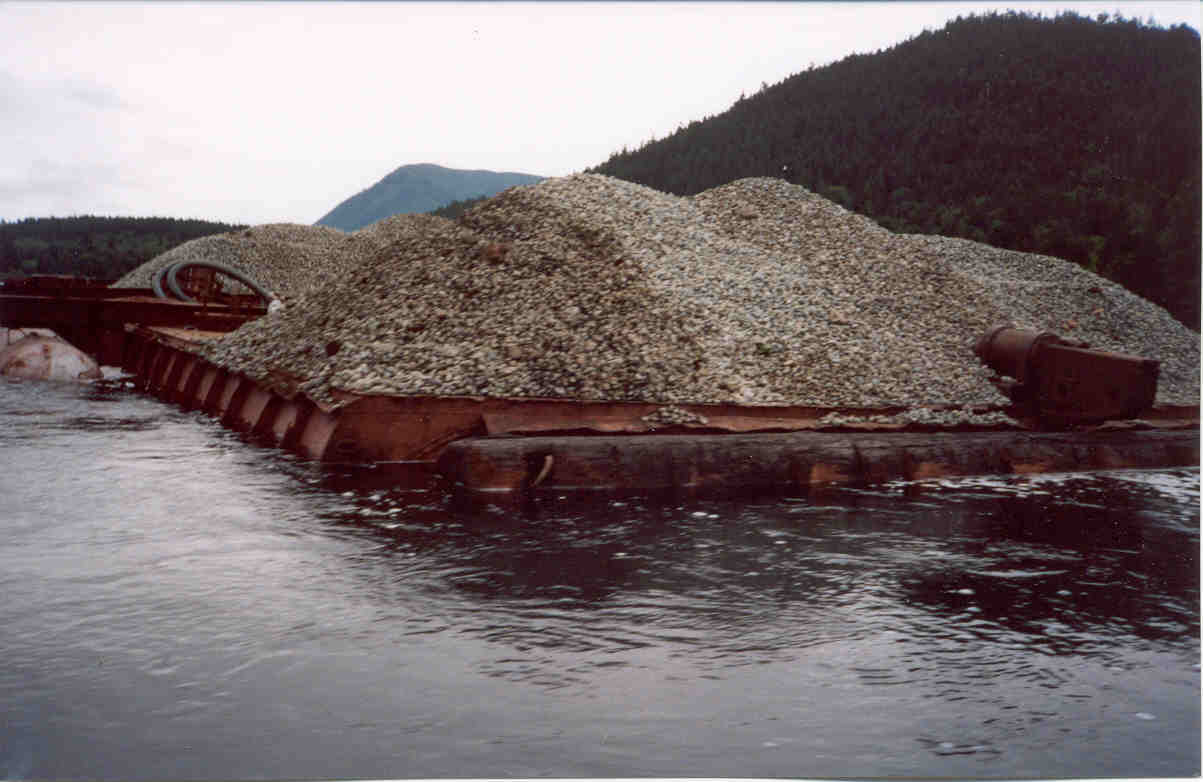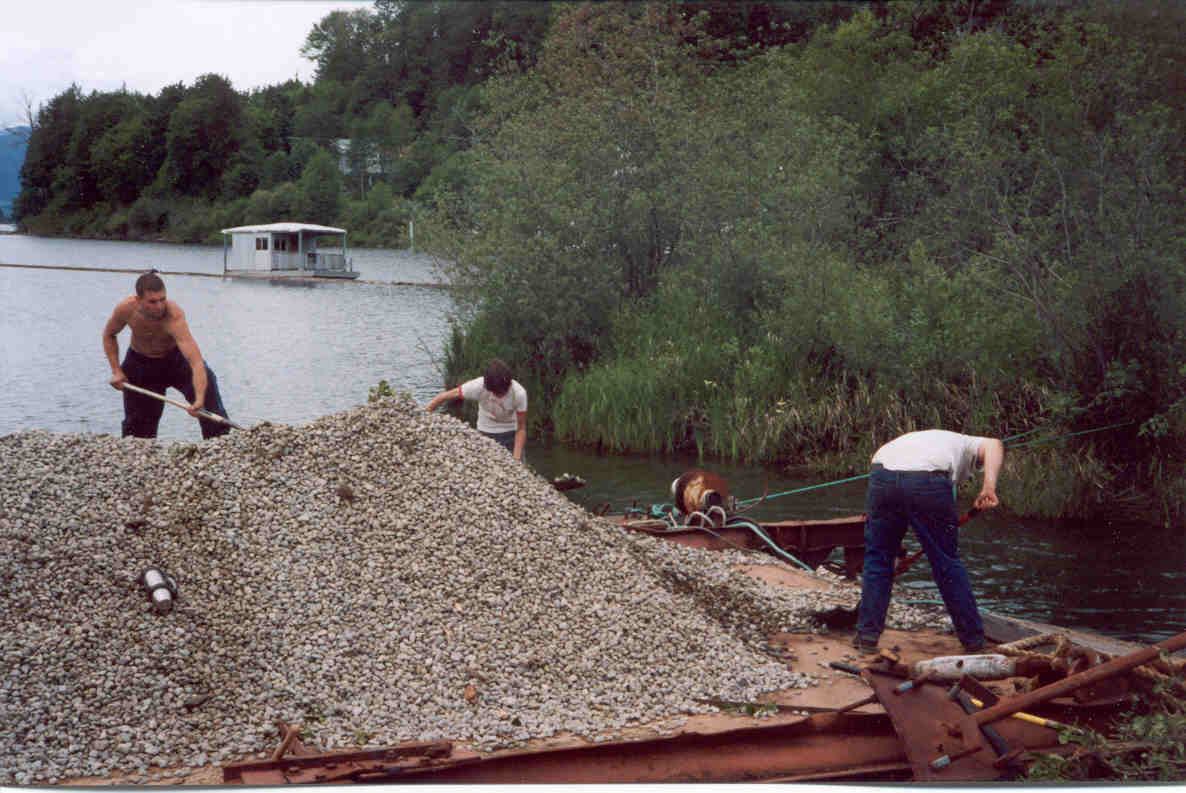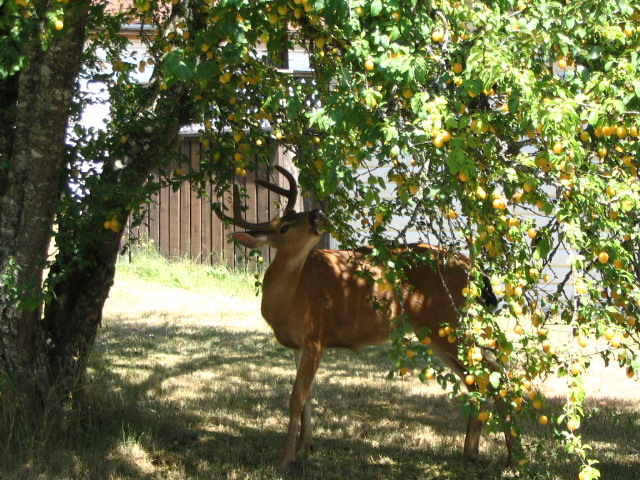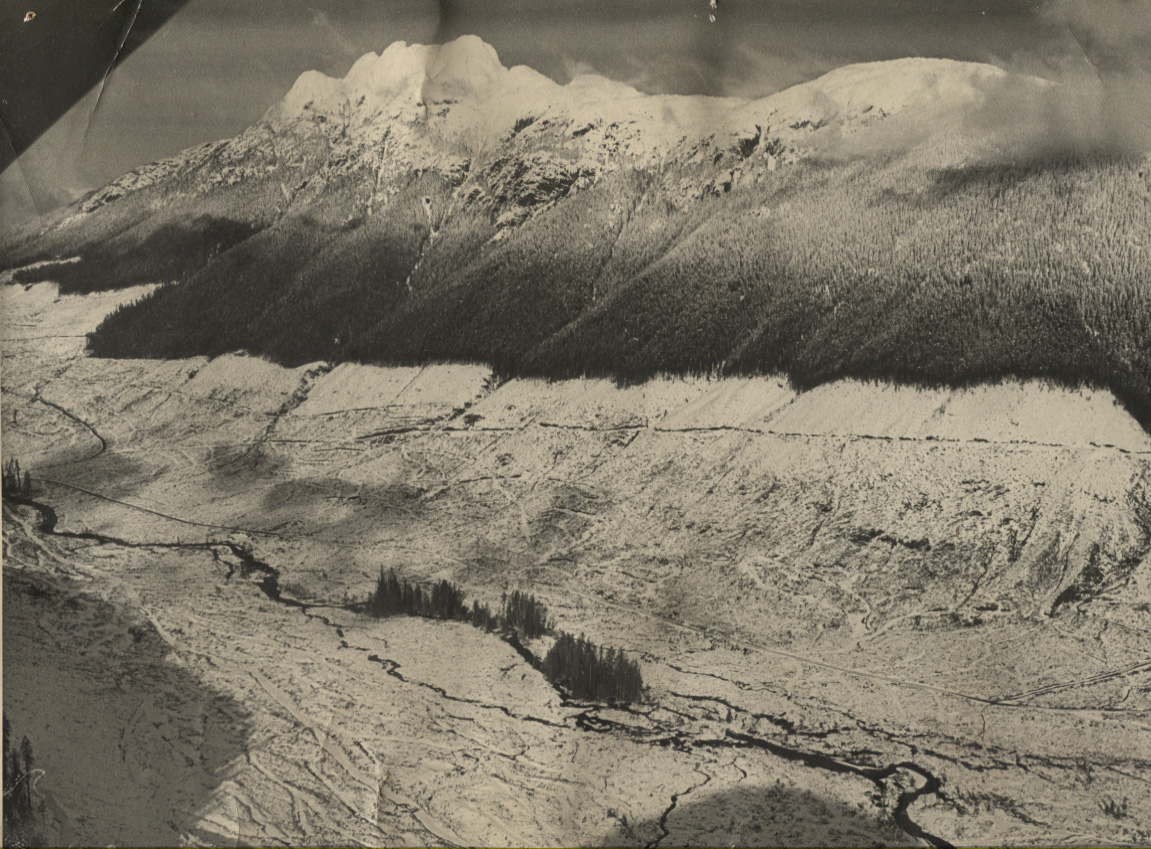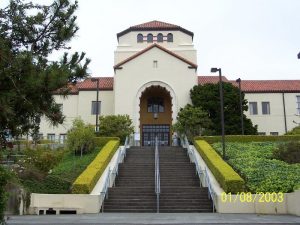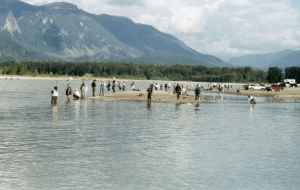LAKE COWICHAN: THE REAL SALMON CAPITAL OF VANCOUVER ISLAND
Many BC towns are located on or near lakes and streams but none are as fortunate as Lake Cowichan when it comes to the number of waterways and the quality of fish habitat they provide. Towns like Port Alberni and Campbell River call themselves the salmon capital of BC but they are talking more about salmon fishing than salmon production. Residents of the Town of Lake Cowichan and its immediate area (some 3000) not only have Cowichan Lake and the Upper Cowichan River at their doorsteps; they also have twelve smaller creeks, ten Cowichan River side channels, three small lakes and several productive wetlands. Many of these are very important producers of trout and salmon.
Greendale Road is on the eastern edge of Lake Cowichan. A number of its residents have salmon spawning in both their front and backyards. In their front yards is the Cowichan River and Hatter’s Run, the most important section of chinook spawning habitat on the river. In late October and early November, hundreds of chinook salmon spawn in a two hundred metre stretch of high quality gravel. Rainbows. coho, chums and steelhead also spawn at Hatter’s. In their backyards, the fortunate residents of this part of Greendale have Tiny Creek, an amazingly productive little coho stream which is less than a metre wide for it’s less than five hundred metres length. Hardly a month after the chinooks have finished their rage of reproduction in their front yard, coho are digging up their backyard creek along with a few cutthroats and brown trout and even a few chums. How many residents of BC or anywhere else can claim seven species of trout and salmon spawning in view of their kitchen windows?
Further along Greendale Road toward downtown Lake Cowichan is Stanley Creek, a mountain runoff stream that dries below the highway in the summer months but supports runs of coho and brown trout and, on occasion, chum salmon, along with resident populations of rainbow, cutthroat and Dolly Varden. Two Cowichan River side channels are located along Greendale. Both Trevor Green’s and Tony Green’s side channels support spawning and rearing trout and salmon.
Moving west into the heart of Lake Cowichan on the north side of the river we pass two springs, Bird Cage and Atchison, before reaching Beadnell Creek, a small stream some three kilometres long that supports coho, cutthroats and brown trout. Fish have a hard time reaching the best habitat in the creek because of a five hundred metre long concrete flume built in the 1950’s to help prevent property erosion. The Cowichan Lake Salmonid Enhancement Society constructed baffles in the flume between 1995 and 1998 to assist the fish in their upstream migration and they now have an easier time of it. Numbers are not up to where they should be yet but recovery is well underway.
Just a stone’s toss west of Beadnell is Oliver Creek, another small stream that Lake Cowichan people are justifiably proud of. Only one kilometre of Oliver Creek (sometimes called Hatchery Creek after a fish hatchery that operated on the lower creek from 1910 to the 1950’s) is normally accessible to salmon but as many as 1000 coho make their way up this beautiful stream in late November and December. Rainbow and cutthroat trout are also present and a large percentage of Cowichan River’s brown trout spawn in this little groundwater fed creek which originates in springs and wetlands near the Teleglobe Canada station just northwest of the town. Only the first 65 metres of the creek flow through an urban landscape, the rest is almost entirely forested including the section within the town which is located in Friendship Park, a greenway corridor along the stream which features an interpretive trail. The trail and park celebrate the creek and the relationship between Lake Cowichan and Ohtaki, a town in northern Japan. It is a joint project of the school district, the town and the BC Ministry of Environment.
Just beyond Oliver Creek are the downtown core and a bridge over the Cowichan River. Local kids fish from it in the spring and fall months and salmon and trout can sometimes be seen spawning on gravel beds just above and below it and on other beds upstream in front of Gillespie Park and near the little swimming beach Lake Cowichan people call the Duck Pond. In years of high coho escapement when water in the creeks tributary to the lake and Upper River is low, coho hold in the Big Pool and Upper Pool near the downtown core in substantial numbers and can be seen leaping and rolling as they wait for runoff to raise the creeks.
Tern Creek, another little backyard brook enters the river from the north some 200 metres above the bridge. Unfortunately, much of its productive area is buried in culverts but a few trout and coho continue to hang on in spite of it.
Just west of the town on the south side of the valley is Beaver Lake and creek. The creek enters Cowichan Lake just above the weir. This little system had become over mature by the late 1970’s and the creek had almost no trout and salmon capability left. It dried by May in most years and the poorly defined channel was mainly muck and detritus supporting a lush growth of hardhack and skunk cabbage but few fish. Realizing the creek’s limitations but recognizing its potential, Leo Nelson, founder of the Cowichan Lake Salmonid Enhancement Society began lobbying the Department of Fisheries and Ocean for permission to rebuild the creek. It was finally given in the summer of 1983. Leo excavated some 2000 m of channel removing the muck-detritus overburden and replacing it with gravel, boulders and large woody debris. The creek’s ability to support fish was vastly improved. It improved even more when Leo constructed a low dam at the outlet of the lake and buried a discharge pipe underneath it. Beavers took the opportunity to raise the dam to a point where it stored about one metre of water. The creek now had a reasonable habitat base and year round flow; the fish loved it. Coho returns since 1986 have averaged 182 and have reached as high as 600. Cutthroat numbers are also increasing. Both Beaver Lake and Cowichan Lake cutthroats spawn in the creek which also supports a few brown trout along with resident cutthroats. The Cowichan Lake Salmonid Enhancement Society continues to improve the creek. A new dam at the lake outlet was added in 1996 and habitat features are added to the creek on a more or less continuous basis.
Continuing around the circle on the south side of town, the next waterway is Money’s Creek. This little stream originates in Kwassin and Grant Lakes, two small lakes in the southeast portion of Lake Cowichan and discharges into the Cowichan River through Money’s Wetland after picking up flow from three even smaller streams known as South Money’s, Greenwell and Ravine Creeks. This creek has been highly abused to suit the needs of urban development. A diversion channel blasted between Kwassin Lake and the Cowichan River in 1971 robbed it of most of its flow then subsequent residential construction has covered almost all of it. Surprisingly though, coho returned to what was left of the creek until 1994 when a trash rack was installed at a culvert near its lower end. Although it only covers some 14% of its former area, Money’s Wetland still supports young trout and coho for a large part of the year. Money’s Creek could be restored but it would require the cooperation of the Town and every landowner on the creek, a formidable task but not impossible because many people in this community are very proud that salmon streams are important parts of their neighborhoods. The wetland portion of the creek was excavated in the 1990’s nd now provides excellent winter habitat,
The town boundary is located near the headwaters of Money’s Creek but there is more excellent fish habitat just to the east along Hudgrove Road where a number of productive Cowichan River sidechannels are present. One of these channels is known as Inner Joginder’s or Gides Creek. It is spring fed and supports as many as 600 coho and 100 chum salmon along with cutthroat and brown trout. Other side in the 1990channels in this area are Block 28, Lucky’s, Lamb’s, Lowry’s, Lowe’s, Art Watson’s, Outer Joginder’s and Fariservice. Fairservice Creek with its myriad of tributary wetlands is also located in this area which will likely be incorporated into the town in the near future.
This bodes well for the fish and their habitat because the respect and pride the people of Lake Cowichan have for their unique natural heritage should insure that the resource will survive and prosper well into the future.
TED BURNS
April, 2002
The Lake Cowichan Gazette



